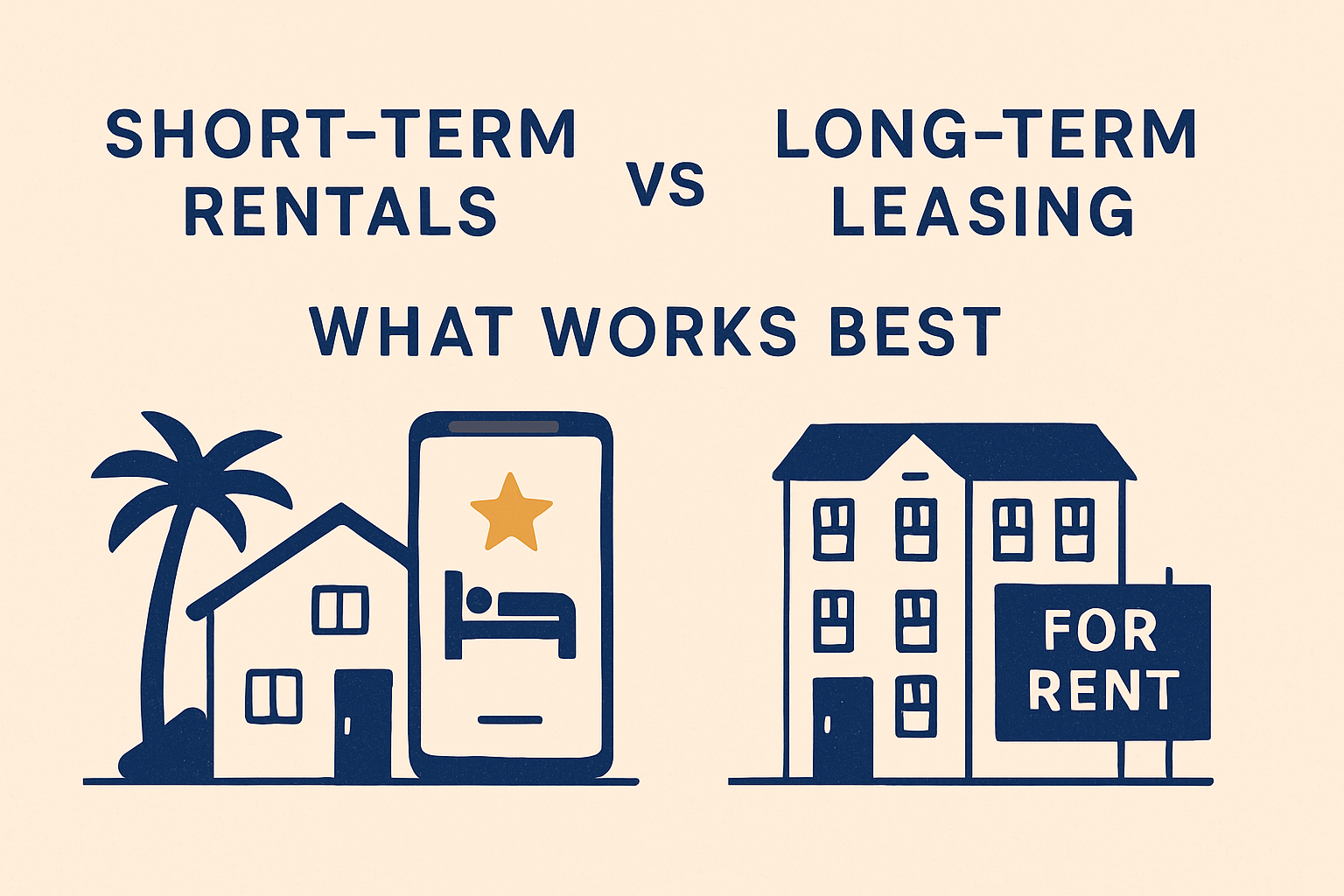Psychology plays a powerful role in real estate, influencing how potential buyers feel when they walk into a space. It’s not just about square footage or location anymore — it’s about creating an emotional connection. Subtle cues like color palettes, lighting arrangements, and room layouts can deeply affect a buyer’s perception, leading them to fall in love with a home — or walk away.
Let’s explore how understanding the psychology of design can make properties more appealing and ultimately help you close sales faster.
1. Colors Speak Louder Than Words
Color is one of the most powerful psychological triggers in real estate. Buyers often make subconscious judgments within seconds of entering a room, and the psychology of color heavily influences these decisions.
- Warm colors like beige, cream, and soft yellows create a welcoming and cozy feel.
- Cool tones such as light blues and greys offer a sense of calm and cleanliness — perfect for bathrooms and bedrooms.
- Neutral palettes remain popular in home staging because they let buyers project their own style onto the space.
Bright reds or neon greens might be perfect in a boutique hotel, but in residential real estate, they can cause discomfort or distraction. Smart color usage sets the mood, subtly guiding emotions and perceptions.
2. Let There Be Light — And the Right Kind of It
Natural and artificial lighting can significantly impact a buyer’s emotional response. The psychology of light reveals that well-lit spaces feel more spacious, clean, and alive.
- Natural light not only enhances beauty but boosts mood and wellbeing. Homes with large windows or skylights often feel more open and cheerful.
- Layered lighting — a mix of ambient, task, and accent lighting — helps highlight the best features of each room.
- Avoid overly harsh or overly dim lighting, as either can alter the perceived size or comfort of the space.
Lighting isn’t just functional — it’s a visual storytelling tool that highlights what matters most in a home.
3. Layout Dictates Emotional Flow
Buyers instinctively imagine how they’ll move through a home. The psychology behind layout tells us that flow and functionality shape whether a space feels intuitive or chaotic.
- Open floor plans appeal to modern lifestyles, encouraging togetherness and adaptability.
- Defined spaces (such as reading nooks or designated dining areas) give structure and clarity, appealing to those who value organization.
- Avoid clutter or confusing traffic patterns — they break the emotional rhythm of the walkthrough.
The more naturally a buyer can envision living in the space, the closer they are to making an offer.
4. First Impressions Start at the Door
Curb appeal, entrance lighting, and entryway design all play into the psychology of first impressions. A well-lit porch, clean landscaping, and welcoming decor can create a sense of warmth and security before a buyer even steps inside.
A small investment in entry staging can yield huge emotional returns, setting a positive tone for the entire showing.
5. Staging Triggers Imagination
Staged homes sell faster — and often at higher prices — because they help buyers imagine the lifestyle they could enjoy. The psychology behind staging taps into aspiration: people buy homes that reflect who they want to be.
Use staging to highlight the purpose of each room, eliminate ambiguity, and show potential.
- A spare room becomes a dream office.
- An empty corner transforms into a cozy reading spot.
- A small kitchen becomes efficient and welcoming with smart lighting and sleek counters.
It’s not manipulation — it’s inspiration.
6. Space Perception Is Malleable
The human brain judges room size based on furniture scale, wall color, and ceiling height. Understanding the psychology of space perception helps agents and sellers maximize what they have.
- Mirrors, vertical lines, and light colors make rooms feel larger.
- Low furniture and light drapes can “lift” low ceilings.
- Eliminating unnecessary bulk opens visual lines and invites easier movement.
Even compact spaces can feel expansive with the right tricks.
7. Emotions > Logic in Buying
While buyers will say they care most about price, location, and features, the final decision is often emotional. The psychology of emotion suggests that people buy with their heart and justify it with their head.
A home that feels right often beats one that simply checks all the boxes.
Final Thoughts
Understanding the psychology of how buyers react to colors, lighting, and layout gives sellers and real estate professionals an edge. It turns ordinary spaces into irresistible ones.
Whether you’re staging a studio apartment or designing luxury villas, every decision should consider how it feels to walk through the door.
Frequently Asked Questions (FAQ)
How does psychology influence real estate buying decisions?
Psychology plays a key role by shaping emotional responses through elements like color, lighting, and layout. These factors influence how buyers feel in a space, which affects whether they can imagine living there.
Why are neutral colors recommended when selling a home?
Neutral tones appeal to a wider audience and create a blank canvas that allows buyers to visualize their own style. They also enhance the sense of space and cleanliness.
What type of lighting works best for home showings?
Natural light is ideal, but well-balanced artificial lighting — including ambient, task, and accent lighting — can enhance warmth and highlight key features.
How important is furniture layout in influencing buyer decisions?
Very important. A good layout enhances the flow and function of a space. Buyers should easily imagine themselves living and moving comfortably within the home.
Can staging really increase property value or speed up sales?
Yes. Staged homes often sell faster and for a higher price because they connect with buyers emotionally and showcase the potential of the space.





